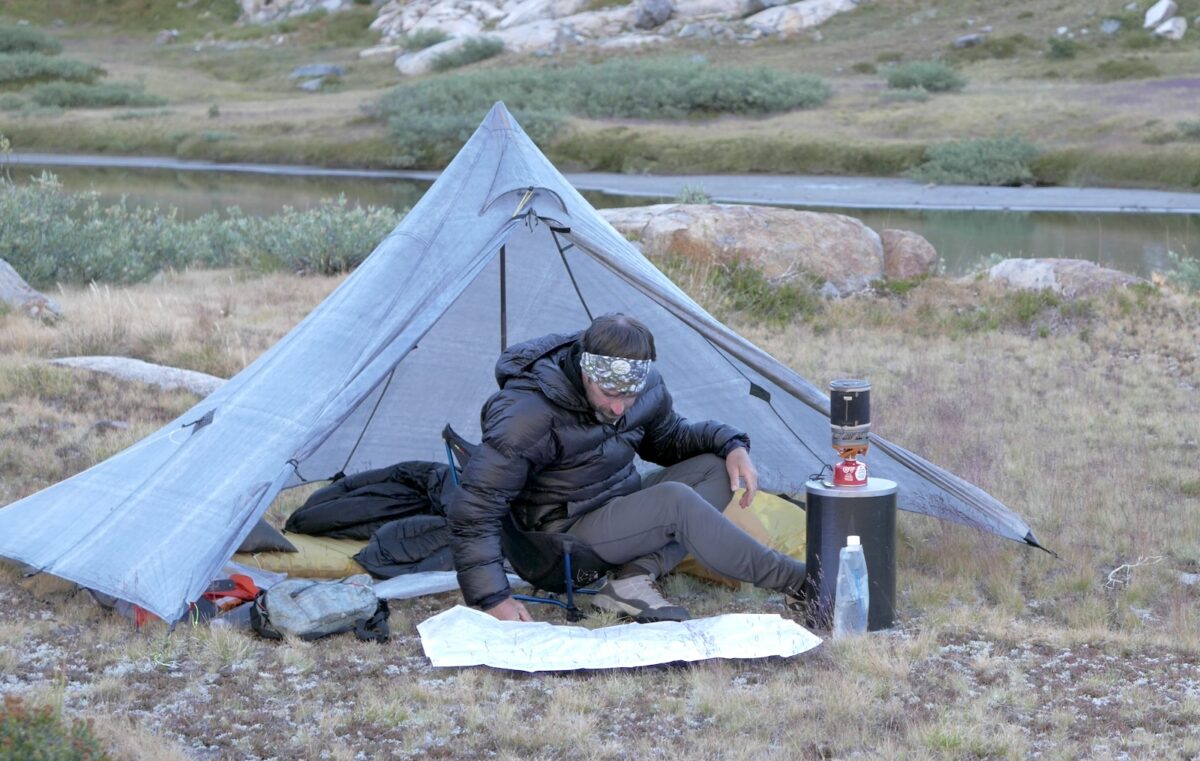Introduction
We’ve written before about how bear canisters are a necessary evil (because of their weight and bulk) when backpacking in bear country. Bear encounters increase when bears get a taste of human food, endangering both humans and bears. In our online course about Ursacks, we present important research that correlates human-bear conflict with food-conditioned bears. Effective food storage devices and techniques are critical to minimizing conflicts, attacks, and fatalities – for both humans and bears.
Lightweight, compact, and portable food storage canisters were invented about 50 years ago as a way to reliably prevent bears from accessing food in the backcountry. Today they are required in many wilderness areas.
We hope this guide will help you understand bear canisters a little bit better. You’ll learn about various testing agencies, bear canister design, materials, usability, and user experiences. Lastly, we’ll make some recommendations for bear canisters that reflect unique combinations of value, weight, and capacity.
Table of Contents
Table of Contents • Note: some sections may only be available to Premium or Unlimited Members.
Certifications
Before we dig into the bear canisters themselves, let’s discuss the institutions that put them to the test. There are three:
- Sierra Interagency Black Bear Group (SIBBG)
- Interagency Grizzly Bear Committee (IGBC)
- Wildlife Management Institute (WMI)
If you’ve seen a close-up video of a grizzly beating the ever-living heck out of a canister, it was probably done during product testing with one of these three agencies. They test all manner of bear-resistant products: bear lockers, coolers, garbage bins, and of course backpacking canisters. Each has their own requirements and histories, and they each test products with a focus on either grizzly or black bears.
SIBBG formed in 2000 in California with a focus on black bears, and many national parks created their canister policies around their approvals.This agency disbanded less than ten years later after fighting a lawsuit from a bear-resistant product manufacturer. (The manufacturer’s product had failed their field test.) Despite winning the lawsuit, many agencies in that group felt too discouraged to continue their work, and the SIBBG dissolved. Many wilderness areas still rely on their original list of approved canisters, and without alternate black bear certification groups it has been unclear whether these wilderness areas will change their list of approved products. That list can be found here.
IGBC is an active and robust tester (and re-tester) of products with a focus on grizzly bears. They have a clear testing protocol for all the products their bears review: Unless the grizzly loses interest, the product must be able to sustain 60 minutes of bear contact time. They have tested almost 1,000 products. A list of approved ones can be found here.
WMI is the third organization to offer a certification program, and theirs is only a year old. It was built in partnership with the South Eastern Association of Fish and Wildlife Agencies who developed the program’s testing protocols – WMI oversees all the mechanics of the testing, which they began in 2023. Their focus is black bears, filling the gap that the SIBBG once held. (Black bears have different temperaments and paws than grizzlies do, so it’ll be very interesting to see what WMI discovers in their new testing program.) They only have one approved bear canister thus far: the Grub Can 6.6L, but they plan to slowly ramp up testing in 2024 as manufacturers submit products for certification.
Member Exclusive
A Premium or Unlimited Membership* is required to view the rest of this article.
* A Basic Membership is required to view Member Q&A events




Home › Forums › Bear Canisters: Design, Use Cases, and Reviews